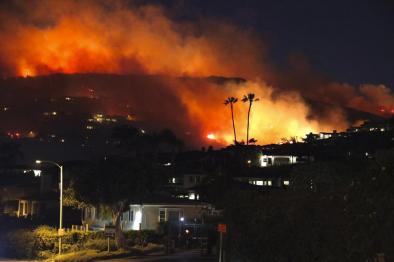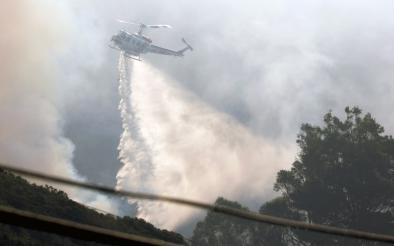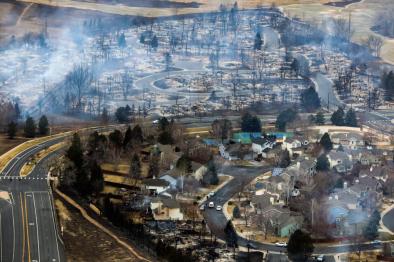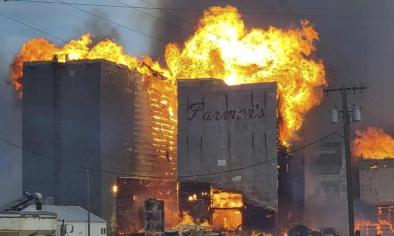In Alaska, climate change is showing increasing signs of disrupting everyday life
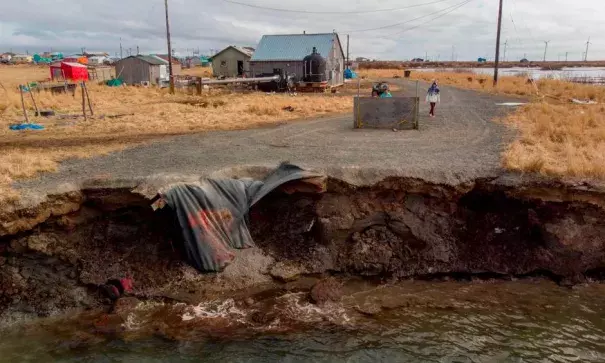
It was another cold season full of records in Alaska, mostly of the abnormally warm kind. The state is in the midst of a five-plus-year onslaught of extreme warmth, only infrequently broken by the customary cold. This year’s warm season has begun on the same foot.
Signals of the rapid changes in the state are as simple as a whiff of rain in winter in places it usually only snows, or as complex as how stuck weather patterns depleting ice over multiple seasons.
In recent weeks, rivers have lost their ice much earlier than normal, while the extent of ice covering the Bering Sea is alarmingly low.
...
Two men died in recent weeks when ice gave way under their four-wheelers on the Kuskokwim River in southwest parts of the state. According to Alaska Public Radio, “ice doesn’t get this weak in Bethel until May, but that has changed. This year, it started happening in March.”
That episode was just the beginning of an early melt off on rivers across the state.
The Tanana River at Nenana — to the southwest of Fairbanks, in central Alaska — went ice-free on April 14, which was the earliest in its 103-year record by six days.
Related Content
